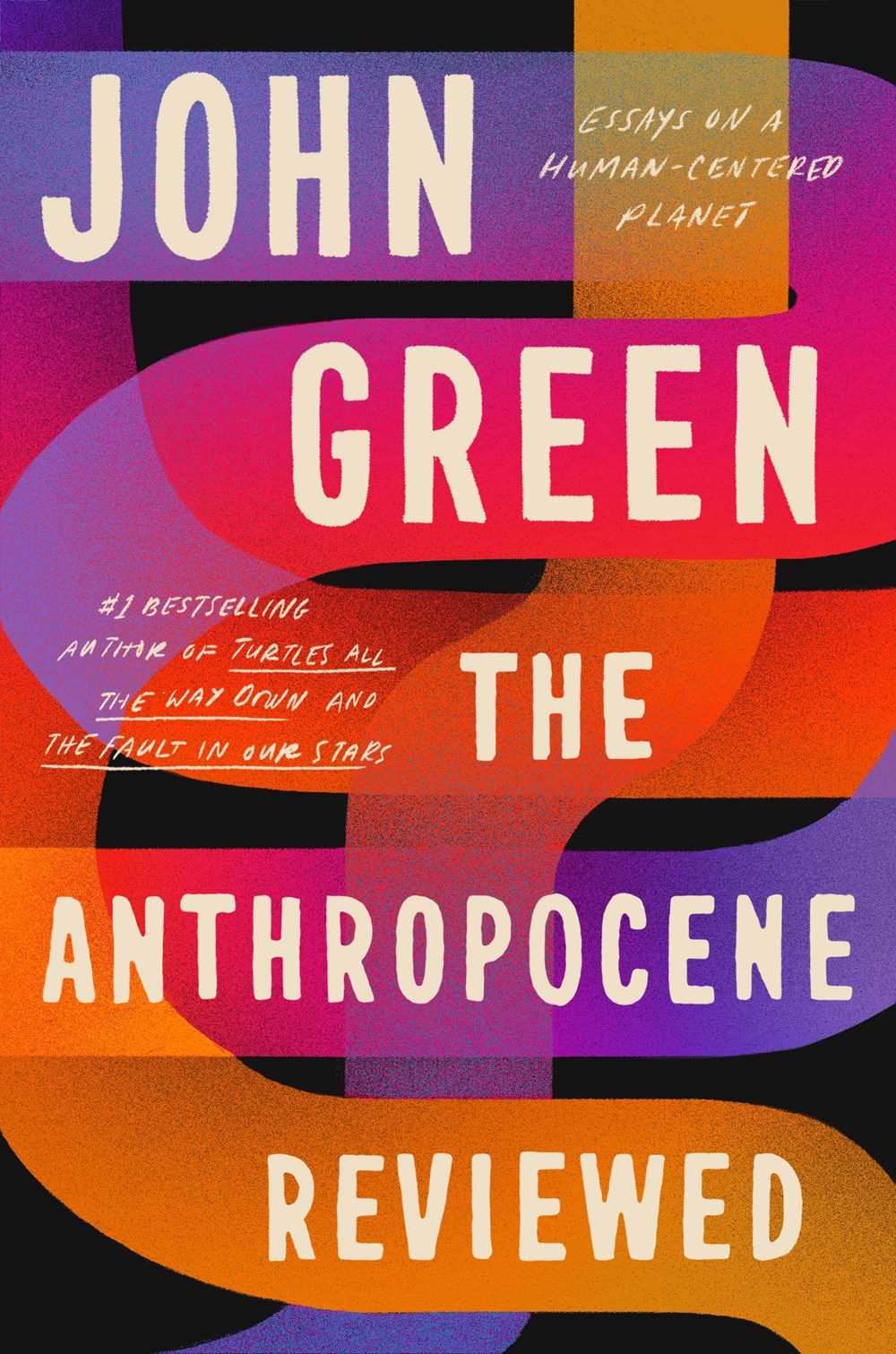The Future of Feeling: Building Empathy in a Tech-Obsessed World By Kaitlin Ugolik Phillips
currently Reviewing

Rating: 8/10
This book goes in-depth about all the ways technology can possibly become empathetic, instill empathy within those using it, and also detract from social and empathetic skills depending on the usage of the tech in question. The author spends a lot of time examining different virtual reality, augmented reality, and artificial intelligence programs, apps, ideas, and startups that have been progressing towards a future of feeling, or detracting from that possibility.
The goal of this book is not that of hope or hopelessness, but that of reality. We do not want or really need empathetic robots. We need empathetic people. But technology reflects the people it was created by and the people it serves, so to a certain extent, there are traps we need to avoid.
She covers topics such as how to have empathetic, in-person conversations, programs, and apps designed for children and/or adults that begin to instill empathetic skills and ideals or help them practice the skills they already have. There are many apps and programs I had no idea about that help parents connect with their kids, help adults connect with other adults, and help an individual find themselves or find the courage to reach out for help. It made me feel like I have never used the internet before. All the apps/programs/startups she mentions, while hopeful, sometimes are misguided and don’t work in action.
The author does very well in explaining the positives of all this technology while acknowledging previous, current, and possible failures or misusages. She is very blatant about how programs designed by a homogenous group can, without intent, be racist, closed off, incorrect, etc., but also balances the negative aspects with the hope that certain who’s who of the technology world (not Silicon Valley, however) are going into their own designs and ideas already with empathy and diverse world views that should help the programs themselves be more successful in their missions.
I’d be interested in a follow-up book in ten years. Kaitlin does well presenting big topics and ideas in a consumable way, while interjecting personal experiences and opinions, and letting the reader try to take away their own meaning on the future of feeling and technology. However, I am unsure I’d recall much of this information six months from now, and there wasn’t much of a “call to action” that I was hoping there would be. I put this book down and thought, “Well, I hope someone figures it out!”, which is a good way to ensure no one figures it out.
Leave a Reply Cancel reply
You're in!